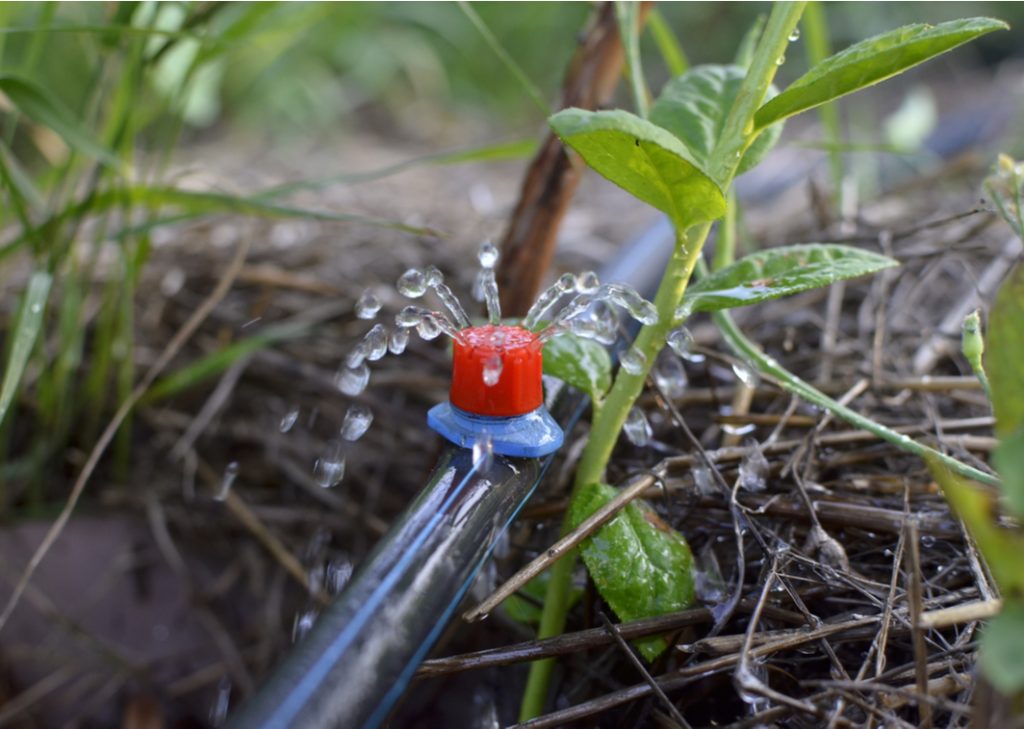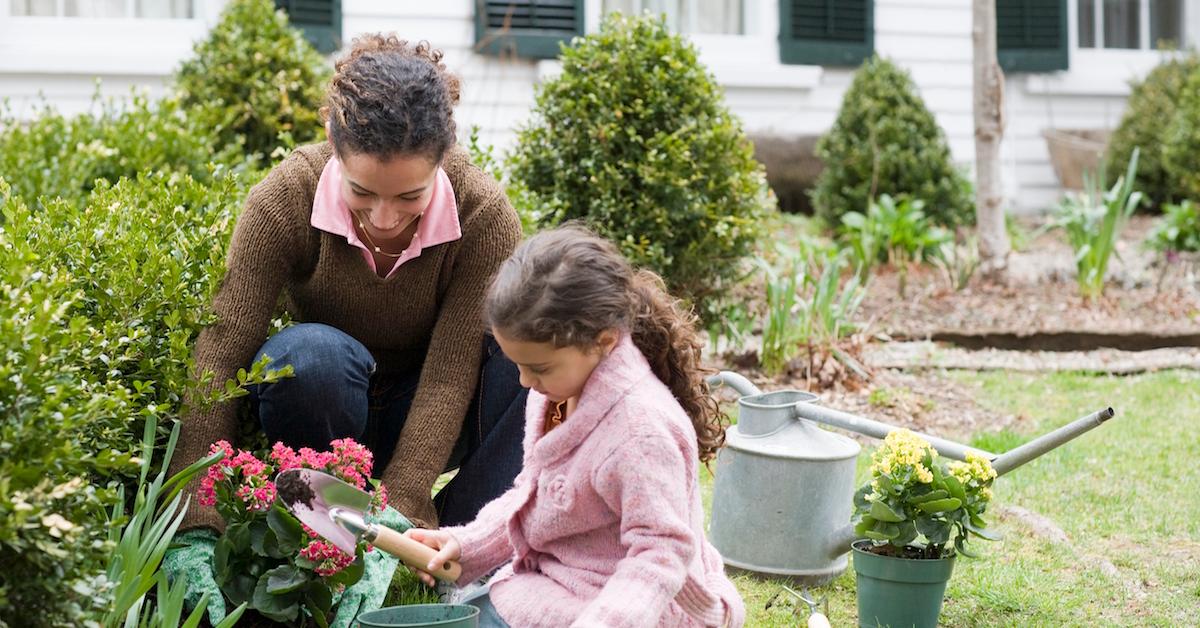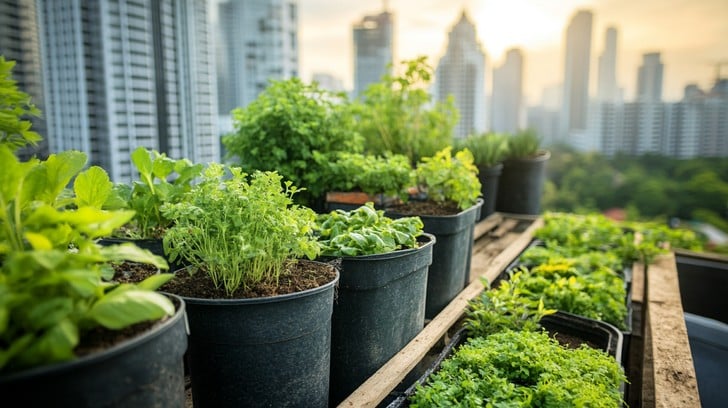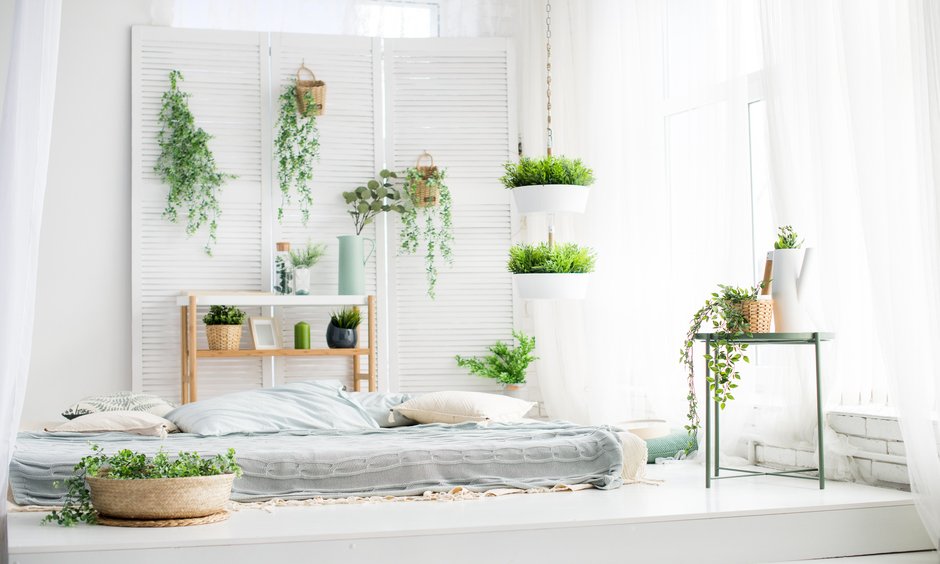Drip irrigation is a more convenient method while watering for home gardeners. It’s more precise than a sprinkler system, taking into consideration various factors like evaporation and runoff. This method of irrigation helps avoid wasting water while ensuring that the plants grow. Considering the size of the yard, whether it is a small one or a raised bed, drip irrigation can be easily set up. Regardless of the plant size, drip irrigation ensures that the moisture in the soil does suit the particular size of the plant. Therefore, drip irrigation is the ideal solution for any gardener who would like to preserve the environment.
Installing a Drip System for Irrigation
The first thing in setting up a drip irrigation system for the garden is planning and coming up with the outline of the garden as well as the garden layout. You’ll need to figure out the kinds of plants you’re growing, how much water every plant will need, and the total square footage you have to irrigate. Start by taking the measurements of the area where you plan to install the system and lay down the key locations of main lines, emitters, and tubing. For the basic arrangements, you must have a water source, water pressure regulator, filter, and drip tubing, which directs the water supply to the plants. Remember to select the tubing that goes hand in hand with the size of your garden taps and the specified water flow rate required by your plants.
Choosing the Right Components
The success of a drip system depends on the selection of the right components. Some of the systems’ basic elements are tubing, emitters, connectors, and filters. Tubing is the central distribution pipe feeding the plants with water from the source, while emitters serve to regulate the water supplied to each of the plants. Emitter flow rates vary, and it is recommended that those suitable for your garden be selected. For instance, flowers, shrubs, and even vegetables may not require the same water supply. Connectors serve to join the various components of the system, while filters are important to avoid clogging of emitters with dirt and other particles.
Installing the Drip Irrigation System
Begin by fitting the Launder end piece to the end of the Pex tubing from the distribution manifold. Next, spread out the drip network along the previously prepared lines. Then, join the polythene drip pipe to the other end of the protrusion. Once the drip layout is done, water and cover the soil until enough moisture is available in the containers. Now steadily remove the hoop supports and cover with tissue or other media to prevent the plants from drowning. It is much easier to adjust a few nodes than to adjust a dozen.
Watering Schedules and Timing
One site-specific benefit of drip irrigation is the custom tailoring for each plant watering schedule. Each plant or its type may require a certain amount of water according to the stage of the plant and its growth. For instance, if the plant is a seedling, watering needs to be done more often, or if the plant is more mature, it needs to be watered less. This is the reason why you need to change your watering schedule that way. Most gardens will be able to flourish better if watered more deeply but infrequently as opposed to light daily watering, which results in weak surface roots.
Optimizing Water Usage
Limitations of recent technology, including drip irrigation, may allow designers to be water efficient; however, there are still some adjustments that can help reduce water usage even more. The first part of this practice is planting plants that have similar water requirements in close proximity or a larger single patch. This allows each plant to be watered without waste of water to the neighboring plants. For example, mulch can be used to encircle the plants to minimize the amount of water that may evaporate and lower the need for watering the plants frequently. Additionally, mulch ensures that the soil isn’t too hot to handle during the summer, nor does it allow the soil to freeze during the winters.
Troubleshooting Common Issues
Troubleshooting Problems Sometimes even the best drip irrigation system would encounter issues. Such problems include clogged emitters caused by debris or mineral deposits within the system. If you see that there is no water coming out of the emitters, check for clogs in the emitters and clean them if necessary. Another issue is unevenness of watering, which might also be related to leaking of the tubing or an imbalance of water pressure. Check the water pressure and ensure that the system is calibrated to distribute water evenly. Flow control is also essential by controlling the rate of flow using pressure regulators.
Conclusion
Using drip irrigation would help you to minimize the amount of water resource used up by the plants as well as give them the required amount of water. The home gardener needs to understand how to get the best out of a drip irrigation system, which would make the garden healthier and significantly more productive. Drip irrigation involves understanding many aspects regarding the system, from the ideal location for installation to where the majority of the problems that might occur are located. This would ensure a better return on investment and significantly better use of water. Creating a flourishing garden is indeed not difficult but requires some effort and strategizing.
FAQs
1. What is drip irrigation?
Drip systems involve providing water directly to the root zone of plants by using emitting devices that are connected to a system of tubings. This greatly reduces the amount of water needed. Also, by doing so, plants are kept in a properly moistened environment with their needs being met.
2. How do I set up a drip irrigation system?
To set up a drip irrigation system, you have to first plan out your layout, then choose your parts accordingly (tubings, emitters, connectors) and set the system with the correct fittings. Also check that emitters are fitted around the root zone of the plant and adequately test the system for uniform water distribution before use.
3. How often should I water my garden with drip irrigation?
The answer to this question generally relies on the type of plant, seen climate, and overall soil qualities. But the bulk of gardens have an advantage with watering once in depth and at long intervals. You will need to amend your schedule accordingly to the circumstances of your vegetable and seasonal changes.
4. Can drip irrigation be used for all types of plants?
Drip systems are suitable for most plants, such as vegetables, flowers, shrubs, and trees. However, the emitter’s placement and flow rate must be adjusted depending on the plants’ needs.
5. What should I do to take care of my drip irrigation system?
As part of routine maintenance, the emitters should also be cleaned, plugs should be checked, tubings should be scanned for leakages, and every other element should be checked for proper operations. If it is colder weather, there is a need to winterize this also to ensure that it will not be damaged.




